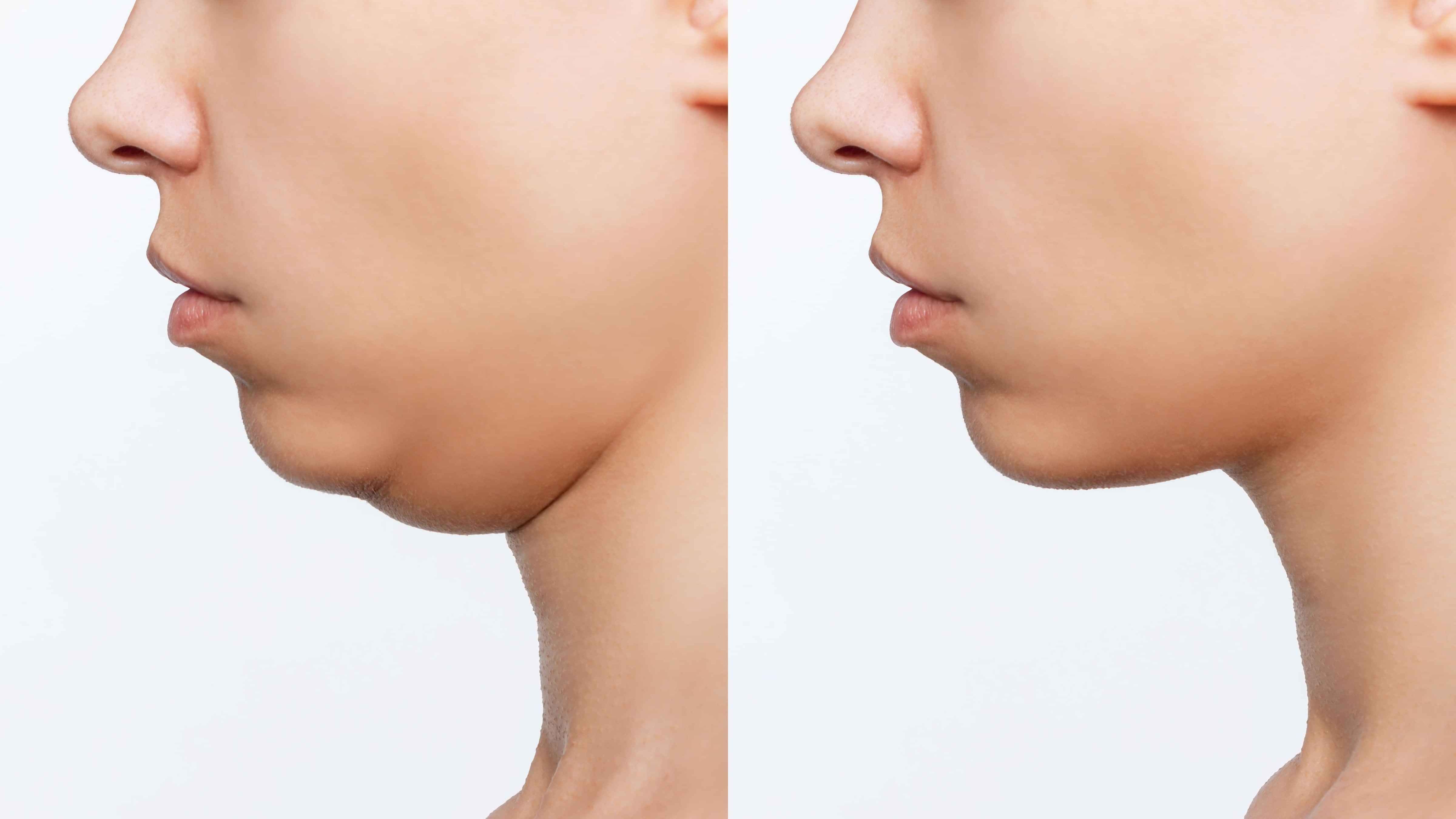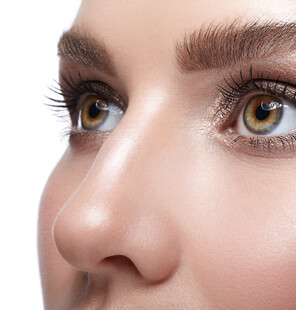Mentoplasty (Chin Surgery)
You can choose to improve your facial aesthetics by enhancing or resizing your chin through a procedure called mentoplasty, also known as chin surgery or chin augmentation. A well-proportioned bone structure forms the essential basis for the natural beauty of facial features. The profile of a strong chin or jawline conveys attractiveness, confidence, and strength of character.

What it Does ...
Chin implants can significantly enhance the aesthetic outcomes of other facial surgeries such as facelifts or nasal procedures. Popular facial features like prominent cheekbones can also be accentuated using small implants. These implants are made from synthetic materials compatible with human tissue and are available in various sizes and shapes to suit individual preferences and aesthetic goals.
You Can Go For ...
This can involve adding a chin implant to increase projection, reducing the chin bone to decrease projection, or reshaping the chin to achieve better facial balance and harmony.
Chin Augmentation (Implants)
Chin Augmentation (Implants) involves inserting synthetic implants made of materials compatible with human tissue (such as silicone or porous polyethylene) to increase the projection or size of the chin. An incision is typically made either inside the mouth (intraoral approach) or under the chin (submental approach) to minimise visible scarring.
Enhances facial harmony
Improves profile balance
Can provide a more defined jawline
Genioplasty (Osteotomy)
Genioplasty (Osteotomy) involves surgically repositioning the chin bone to achieve desired changes in size, shape, or projection. It is used for more complex cases where the chin needs significant movement or reshaping. An incision is made inside the mouth to access the chin bone without external scars.

The Process
Following an initial consultation with a board-certified plastic surgeon to discuss goals, evaluate facial anatomy, and determine the best approach, a customised surgical plan based on patient anatomy and desired outcomes, is made.
Based on the chosen technique (intraoral or submental), an incision is made to access the chin. Implant insertion or bone repositioning is done to achieve desired chin projection and shape. In some cases, sub-mental liposuction is performed concurrently to remove excess fatty tissue under the jawline. Fine sutures are used to close the incision, and a dressing is applied.
Following the procedure, patients can expect some swelling, which gradually diminishes over the course of a month. Pain is typically minimal and can be managed with prescribed medications. Patients may be advised to follow a soft food diet for a few days post-surgery. Sutures are removed approximately one week after the procedure.
Initial results are visible once swelling subsides, with final results becoming more apparent as the tissues settle and heal over several weeks to months. Chin implants are designed to be long-lasting, though adjustments or replacements may be necessary over time. Genioplasty results are permanent once the bone has healed.
Indications
Good overall health & realistic expectations about surgery outcomes.
Receding chin (microgenia) or chin that is disproportionately small in relation to other facial features.
Those seeking to improve facial profile balance and overall aesthetic.


